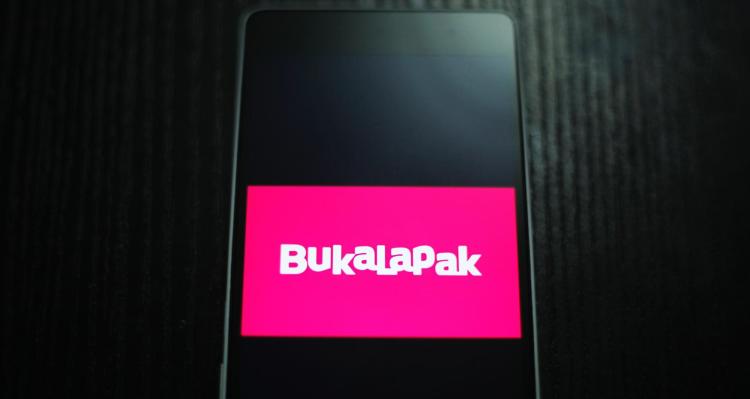By Angela West, MSN
Contributing writer
According to the Centers for Disease Control and Prevention, almost three-quarters of all strokes occur in adults over age 65. It’s critical for older adults to know what a stroke is, risk factors and prevention methods. It is especially important for aging adults to understand how underlying health conditions or chronic diseases increase your risk.
Recognizing a stroke

Strokes are classified as either ischemic or hemorrhagic. Approximately 85% of all strokes are ischemic; those strokes occur when a blood clot or built-up plaque blocks a blood vessel, preventing blood flow to part of the brain. When this happens, oxygen and essential nutrients cannot reach the brain — leading to brain cell damage.
Hemorrhagic strokes happen when a blood vessel or aneurysm ruptures in the brain, causing bleeding in the brain and damage to brain cells.
A life-saving acronym you can use to identify a stroke is B.E. F.A.S.T. It stands for:
- Balance lost: Sudden loss of balance or coordination
- Eyes blur: Sudden trouble seeing or blurred vision in one or both eyes
- Facial drooping: One side of the face droops or is numb
- Arm weakness: Sudden weakness or numbness of an arm or leg, especially on one side of the body
- Speech difficulty: Sudden confusion, trouble speaking or understanding speech
- Time to call 911: Call 911 immediately (note the time the symptoms started)
Treatment options
Strokes are typically diagnosed using a computerized tomography (CT) scan, which determines where in the brain a stroke has occurred and whether it is ischemic or hemorrhagic. Treatment options vary depending on the type of stroke diagnosed.
If you have had an ischemic stroke, you may be given a clot-busting drug called tissue plasminogen activator (tPA), which restores blood flow to the brain by dissolving the clot blocking the blood vessel. If you have a larger clot or are ineligible for tPA, you may have it surgically removed through a thrombectomy — a minimally-invasive procedure that uses a catheter to break up and remove the clot. The procedure effectively removes the clot and restores blood flow to the brain.
Hemorrhagic strokes are treated by identifying and stopping the bleeding within the brain. An aneurysm clipping procedure or coiling procedure to seal an aneurysm may be recommended.
Each minute that a stroke is left untreated, nearly two million brain cells are damaged. This is why it is especially important that older people seek immediate treatment to reduce the chance of developing permanent motor or cognitive impairment. It is important to call 911 for immediate medical attention if signs of stroke are present. Seeking care at the first sign of a stroke can help you continue to live your golden years to the fullest.
Reducing risk for stroke
Many common health conditions and risk factors in older adults may contribute to a stroke. One of the biggest risk factors for stroke — and a common health condition among older people — is atrial fibrillation (AFib), which is an irregular heartbeat that is present in about one in five strokes. According to the American Heart Association, adults over 65 are at the highest risk for developing AFib, and when left untreated, are five times more likely to have a stroke.
Other risk factors include:
- High blood pressure
- High cholesterol
- Heart disease
- Diabetes
- Obesity
- Smoking
As you age, your potential to develop some of these conditions increases. You should talk to your doctor to determine ways to manage your specific conditions. Medications and treatment regimens can help manage them.
Healthy lifestyle choices can dramatically decrease your risk for stroke. Tips for preventing stroke include:
- Monitor your blood pressure and cholesterol levels with your doctor
- Maintain a healthy weight
- Stop smoking
- Eat fiber rich foods, such as whole grains, beans, fruit and vegetables
- Reduce sodium and sugar intake
- Get seven to nine hours of sleep every night
- Exercise at least 30 minutes per day by walking, swimming, cycling or enrolling in a beginner’s yoga class
If a stroke strikes, the highly trained experts at the Joint Commission Certified Comprehensive Stroke Center at MemorialCare Long Beach Medical Center are available 24/7 for immediate care, diagnosis, treatment and follow-up rehabilitation for the most complex cases.
While several area hospitals are equipped to treat strokes, the Comprehensive Stroke Center at Long Beach Medical Center offers the highest level of care to quickly assess and treat patients suffering from a stroke.
First responders are trained to help you safely and quickly, even during a pandemic. Calling 911 immediately is still your best chance of surviving or saving a life from stroke. To learn more, visit memorialcare.org/BeFast or call 800-MEMORIAL.










